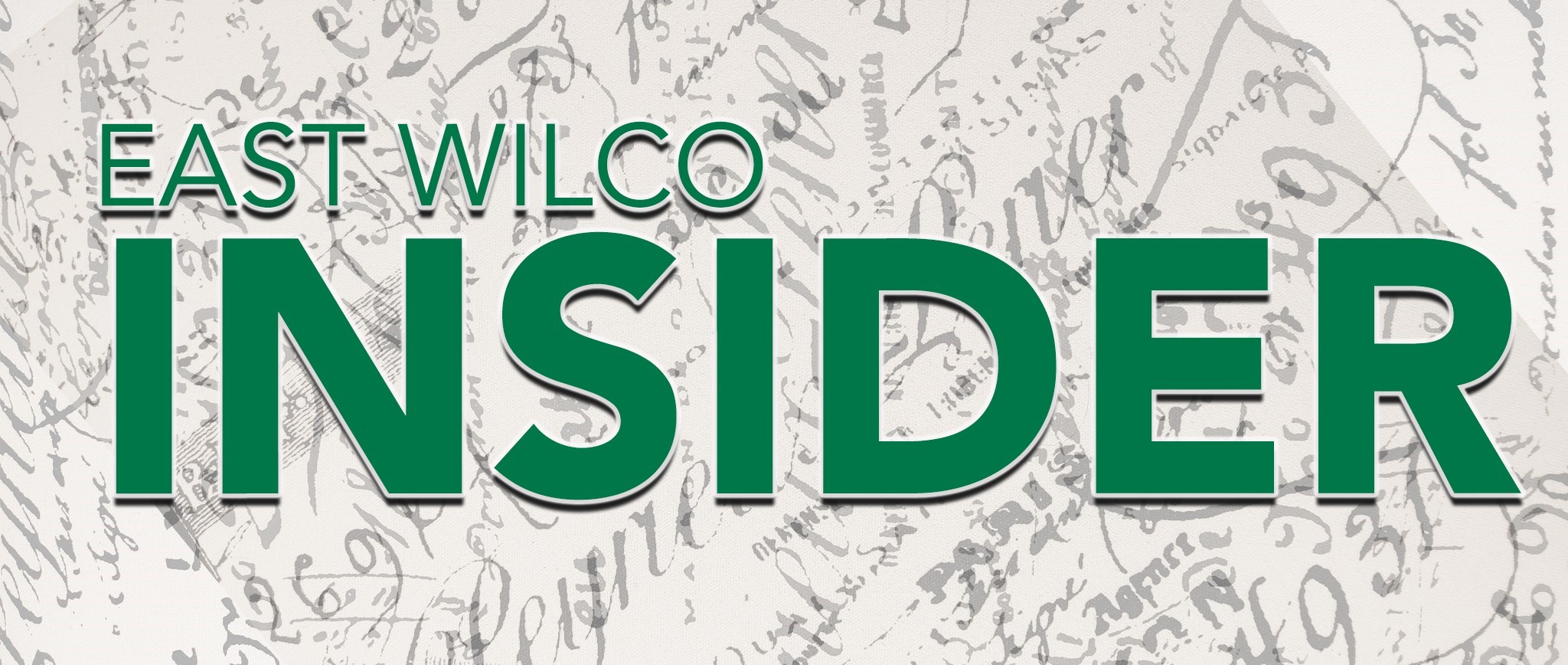Officials say East Wilco Highway will ease congestion
Billed as one of the most ambitious infrastructure projects in Williamson County history, the East Wilco Highway when completed will provide a vital northsouth artery easing the traffic congestion expected to come with explosive population growth in the next decades, officials said.
Spurred by voter-approved bonds in 2019, construction of the $94 million northto- south artery cutting across Precinct 4 is the offshoot of studies pointing to the need to provide more transportation options and create more safety for motorists.
Part of that is driven by analysts’ projections that the county’s population could double to around 1.6 million by 2050.
To that end, the East Wilco Highway project is intended to improve travel in the central part of Williamson County by connecting south Texas 130 at CR 137 to U.S. 79 between Hutto and Taylor and continue to Interstate 35 north of Jarrell.
The ultimate project is a controlledaccess roadway constructed in phases made up of seven segments.
Williamson County commissioners in September approved an additional budget earmark of some $25 million for the FM 3349-U.S. 79 Interchange Project, dubbed the East Wilco Highway Project since planning began in 2021.
“Williamson County has a tradition of leaning forward into road projects and not behind in road construction,” Precinct 4 Commissioner Russ Boles said. “We learned that in part by watching our neighbor to the south.”
Boles means Austin, a city increasingly cast by many analysts as a case study on how not to deal with population growth. The capital city now continually struggles to relieve traffic congestion.
“What’s the difference between Austin traffic and a river?” goes one popular joke. “The river moves.”
Intent on avoiding being the butt of similar jokes – and countless memes roasting traffic headaches – Williamson County officials are pressing ahead with the East Wilco Highway.
GETTINGREADYFORGROWTH
“It’s foresight knowing the growth is going to happen and getting people in and out,” said Dave Porter, executive director of the Williamson County Economic Development Partnership. “The county has always done a great job with that, which is the opposite of Travis County in the ‘80s. Demographers predicted all that growth.”
Rather than dismissing those forecasts, Williamson County officials have acted on them, Porter said.
Subsequent studies – including the Corridor E Planning and right of way Preservation Study and the Southeast Loop Study – have yielded a valuable blueprint for transit construction, officials said.
“The county has come up with a longrange transportation plan,” Boles said. “It starts off with general corridors we perceive that we need. As growth comes, we will refine that.”
TIMING,TIMING
Boles said he personally witnessed the county’s growth during his time on Commissioners Court, well before officials started to brace for expansion.
“In the ‘80s and ‘90s, when the county first started doing bonds, most were on the west side,” he said, noting subsequent emphasis placed on new road construction and upgrades – such as Ronald Reagan Boulevard – while crediting his counterpart, Precinct 2 Commissioner Cynthia Long, with spearheading those past projects.
“Flash forward to seven years ago, when I took office on Jan. 1, 2019, there was a tremendous amount of growth that had come from the west side to the east side of the county,” he added.
Boles said county officials sought the go-ahead from members of the public in building new roads.
“We asked our citizens, and the answer was a resounding yes,” he said.
The timing was just right, officials said.
Well after the East Wilco Highway plans emerged, officials with South Korea’s Samsung Electronics Co. Ltd. announced they would locate a gigantic semiconductor manufacturing plant in Taylor, with an initial investment of $17 billion and later growing to $40 billion with additional CHIPS and Science Act funding.
Samsung Austin Semiconductor is expected to be fully operational by the end of next year. Boles noted the plant will be more easily accessible to its workforce as a result of ongoing road development.
“It shows either really good planning or really lucky timing. I’ll take either one,” Boles said.
Porter also invoked the Samsung plant as emblematic of the need for robust roadway infrastructure.
“Road construction is a sign of growth,” he said. “We’re seeing a lot of growth and it will continue. Once fully operational, Samsung will have quite a few employees, and growth will continue to explode. It’s going to be amazing to see the growth in Williamson County once the plant is fully operational.”
COMMUNITYREACTION
Boles suggested early reviews of county road construction under the East Wilco Highway umbrella have been great, noting community response to the first segment.
“Segment One is being loved to death,” he said of the new road between 130 and 137. “We anticipated a lot of traffic, and it’s exceeded that.”
Still, the project has yielded mixed reviews. While many support the traffic-mitigating aspects of the plan, others fear a potential loss of the Blackland Prairie’s rural lifestyle, more noise and packed roadways.
Porter said maintaining the county’s rural sectors won’t be compromised in the midst of infrastructure planning.
He pointed to the September opening of a 285-acre research and development test farm near Coupland by John Deere as a dramatic example of the value in the 594 square miles of Williamson County farmland – even amid industrial growth, bolstered traffic and heightened tech buzz.
The entry of John Deere helped spark the need to develop that part of the county as well, Porter said.




Comment
Comments